
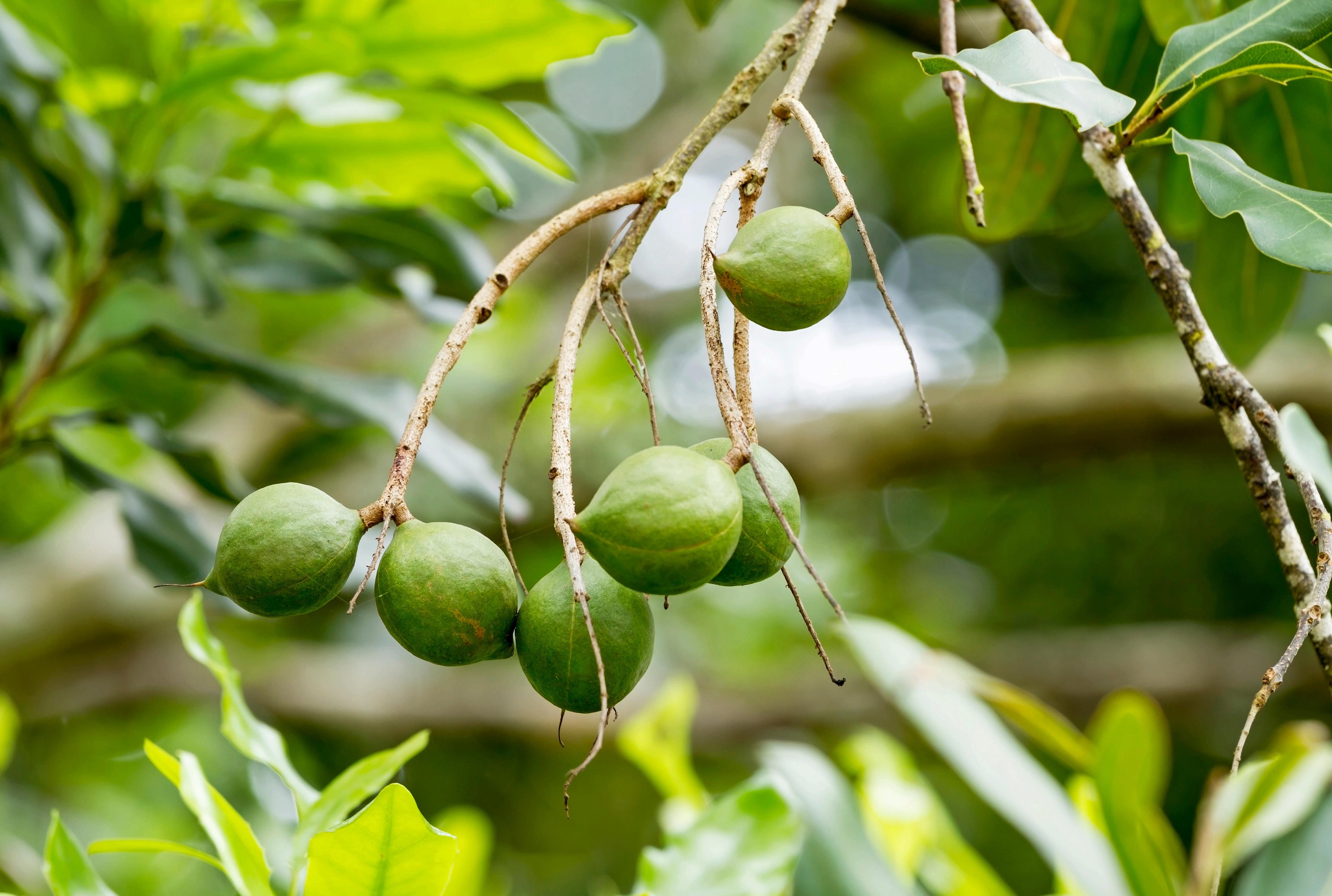
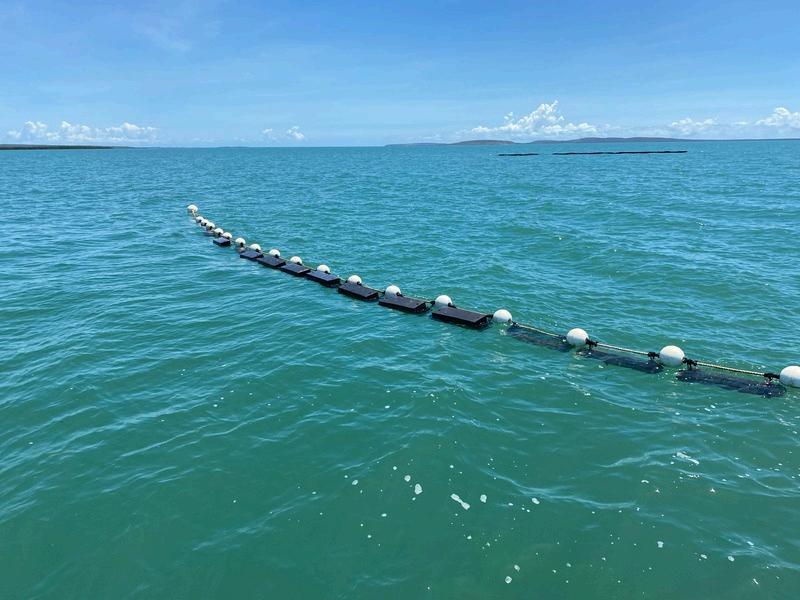






Research, development and extension (R,D,E) are critical drivers of economic growth, innovation, sustainability and progress.
In northern Australia, R,D,E remains key to developing industry and economic resilience and social wellbeing
R,D,E supports traditional and emerging sectors to adapt and become more resilient to a changing world and contemporary opportunities
The Cooperative Research Centre for Developing Northern Australia (CRCNA) has significantly contributed to furthering sustainable development aspirations through industry and regional-led development since 2017
The CRCNA’s term ends in 2027, and funding is fully allocated across research themes where the north has the most potential for growth.
The CRCNA is building on its progress, networks and impacts to transition to a new, fit-for-purpose Centre for Northern Australia (CNA).
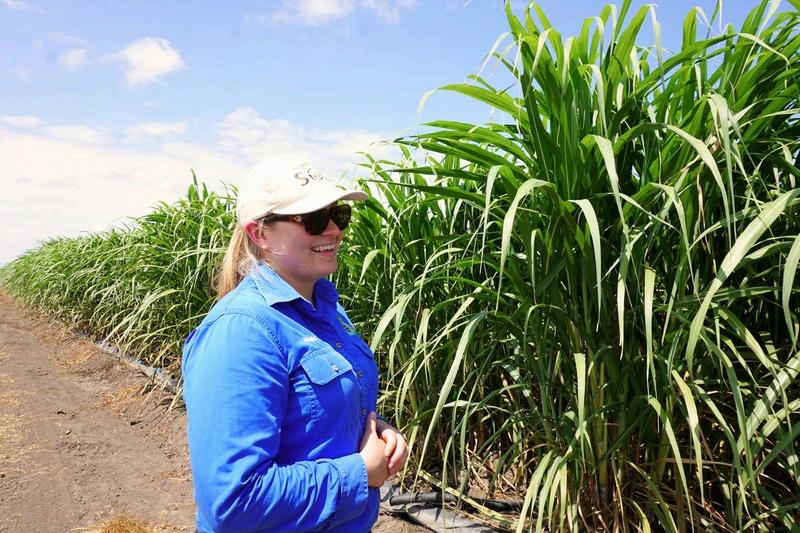
A dedicated research, development, and place-based planning entity that operates right across the northern jurisdictions is critical to build and provide essential data, information, and local expertise to underpin northern Australian development priorities and aspirations for long-term sustainable and inclusive growth.
inclusivity, and is responsive to the particular opportunities and challenges across more than half of Australia’s continent
The CNA works with key development partners such as: First Nations communities, jurisdictional governments, regional organisations, local government, industry sectors, research bodies (NAUA, NARU), to utilise their individual strengths and build meaningful collaborations for maximum impact
Cohesion across development partners is critical to ensure fragmentation of efforts is reduced, capacity built and development activities reflect regional aspirations
DEVELOPMENT FOCUS
Research and extension
Support businesses where the north has the greatest opportunities:
Agriculture
Aquaculture
Tourism
Energy
Environmental services
Tropical health.
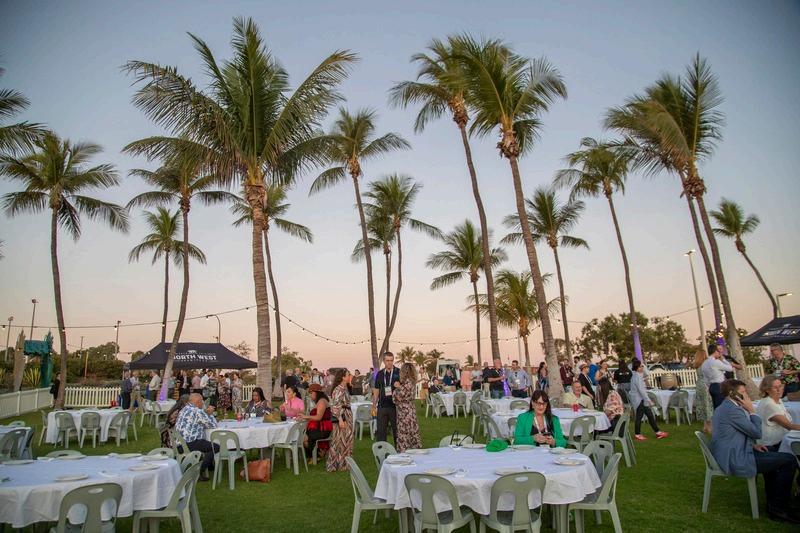
The CNA continues to progress priority areas identified by the Australian Government’s Northern Australia Action Plan 2024-2029, National Science and Research priorities, industry and community needs, and known policy gaps in northern development.
Guided by government priorities and accountable to the Ministerial Forum on Northern Australia, the CNA will be governed by an Independent Chair with an expertisebased board firmly entrenched in solid economic, social and environmental connections with northern Australia.
The CNA is critical to continuing the efforts of the CRCNA in reducing fragmentation across the development landscape. This ensures collaboration occurs with research providers and end users for utilisation and lasting impacts around the region
The CNA remit includes: FUNCTIONS
Brokering industry-focused research and development activities, providing a source of delivery and coordination for government in the north Extension, adoption, and commercialisation for genuine uptake and outcomes
Capacity building to underpin long-term sustainability of development
Partnership facilitation for development challenges to meet place-based aspirations
The current CRCNA operating model is a low cost, high return approach that continues to be the most competitive and fit-for-purpose delivery model for northern based research and development.
A multi-revenue funding model provides diversified investments into sustainable development:
Australian Government funding for research, development and extension activities
Co-investment from research partners
Facilitation brokering agreements
Commercial returns on research investments.
The CNA remit commits to delivering results beyond academic research through commercialsation, extension and adoption practices for real-world outcomes.
To meet the aspirations of a sustainable, inclusive and resilient economy for northern Australia, key development priorities need to be underpinned by well-targeted, applicable research, development and extension.
Significant investment in research, development planning, capacity building, and extension is fundamental to maximising the impact of northern Australia’s long-term sustainability, prosperity, security, resilience, and well-being.
The physical and social challenges to achieving these outcomes are substantial and dynamic –some are longstanding, such as the costs associated with distance and remoteness, and others newer and evolving, such as those associated with escalating climate change and threats to national security.
Fragmentation and duplication of investment reinforce development barriers
Effective coordination of research and development together with placebased planning is essential to secure the required economies of scale with limited investment
To successfully implement supporting measures requires good data and analysis and strong coordination across jurisdictions, sectors, and institutions
Investment in the CNA scales up the government’s northern Australia agenda to progress positive change that shapes and strengthens the vital role northern Australia plays in Australia’s prosperity.
The CRCNA has become a key initiative of the northern Australia agenda, along with the Northern Australia Infrastructure Facility, the Indigenous Reference Group and the Office of Northern Australia.
The CNA ensures research and development continues to be led from northern Australia with a deep understanding of the unique operating environment, facilitating opportunities across jurisdictions and working in collaboration with a valuable and diverse stakeholder network.
The CNA continues the important role of de-risking development pipelines in the lead-up to investment by ensuring proposals and enabling infrastructure created are reinforced by: robust scientific and economic assessment industry benefits inclusive place-based planning targeted skills and workforce development, and networks of associated small and medium enterprises.
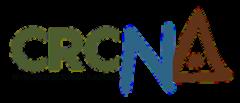
CRCNA partnerships are benefiting communities by creating economic growth through industry development and diversification.
107 projects
$75 million federal investment
$155 million in research
$580 million leveraged back into the economy over 10 year operations
272 research partners
650 jobs supported 10 new emerging industry developments
5 regions in economic transition supported
42 commercialisation outcomes with more to come!
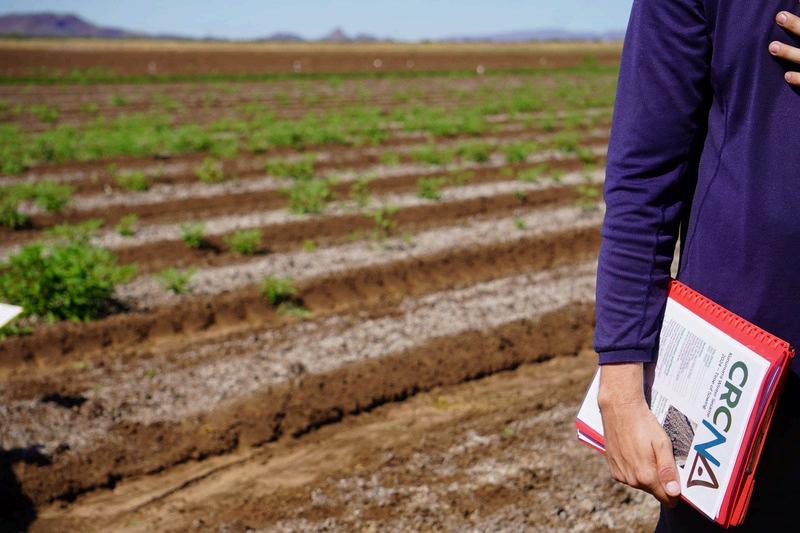
Leaders in northern development facilitation and research delivery
Co-investment model for greater return on government funds
Diverse and knowledgeable stakeholder network that delivers for impact
Creating an environment of certainty and clear policy attracts investment, creates jobs and drives the economic prosperity of the region. The development eco-system starts with research.
Prof Allan Dale Chief Scientist, CRCNA
$2.89 million in education program retaining talent in the north for over 55 students
Science to solution approach for informed development Establishing new technologies, products and services to tackle unique industry issues
When we apply research and development there’s a lot more opportunity for our current and future generations to harness, creating a brighter future.
Tropical Oyster industry development
CRCNAinvestment:$3.17million Industryinvestment:$6.32million
Providingeconomicandsocial opportunitiesby:
Demonstratingviabilityofanew industryandjobsforFirstNations coastalregions. Offeringaboutiquepremiumproduct forhigh-valueseafoodmarkets. Applicationofthisdevelopment modeltootheremerging commoditiesandplace-based developmentacrossthenorth.
Addressingbarrierstofood regulationsandgettingoystersto marketsviaconsideredsupplychains.
Tiwi Islands place-based development
CRCNAinvestment:$1.6million Industryinvestment:$3million
Place-basedfocusthat’sworkingwith variousdevelopmentprojectsleveraging naturalassetsandcommunityeconomic aspirations,suchas:
TiwiIslandsForestryadaption
Oysterindustrydevelopment Aboriginalfishinglicenses,co-opt marketaccess,eco-tourism Culturalmarketsystemscreating culturalcommerceforFirstNations entrepreneurs.
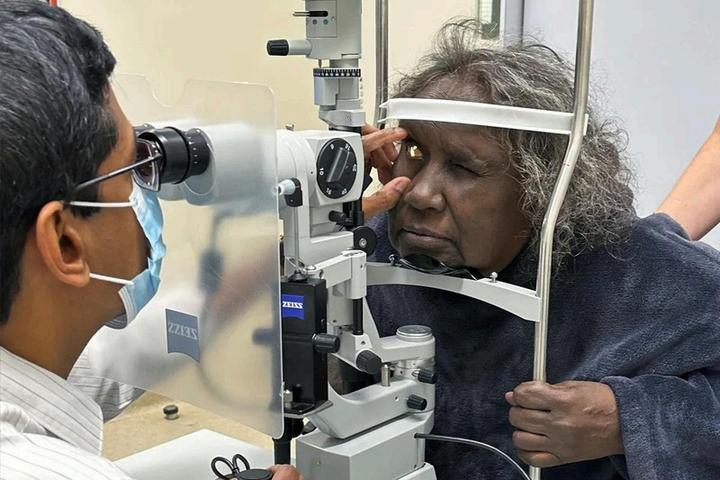
Health service delivery: eye screening
CRCNAinvestment:$800,000
Industryinvestment:$163million
Creatinghealthparityandservicedelivery by:
Providingtelehealtheyescreeningto preventavoidableblindnessbytraining healthcareworkers
Increasingthelikelihoodofearly detectioninremotecommunities. Patientshaveeyesscannedlocallywith assessmentbyspecialistsinmetro hospitalsandreferralsandsupport managed.
Adaptionofthismodelisnowappliedin theTorresStrait,theNorthernTerritory andinternationallyinVietnamwithFred HollowsFoundation
Eye sight saved - a real story
Apatientvisitedaremoteclinicforanannual healthcheck,includingretinalimagingfor diabetesmanagement,duetolowvisual acuity.Thepatientwasonawaitlistfor cataractsurgery,whichmayhaveaffected theirvision
Withthenextoptometristvisittwoweeks away,retinalimageswereuploadedtothe Remote-Iportalandassessedbyan ophthalmologistremotely Within24hours,a retinaldetachmentwasconfirmed,leadingto anurgentreferraltoametropolitanhospital
Thepatientwasinformedthatwaitingtwo weeksfortheoptometristvisitwouldhave resultedincompletevisionloss.

CRCNAinvestment:$8million Industryinvestment:$2024million
Integratingtropicalagricultureforindustry resilienceandinnovationwith: 30industryandgovernmentpartners delivering6projectsacrossNQ,NTand WAdevelopmentprecincts. Coordinatingfarmingsystemswith croppingandbeefproduction. Creatingtechnicalskillsandindustry workforcedevelopment Utilisingclimateresilientmanagement techniquesandcreatingcircularfarming economies.

Providing water for irrigation is not enough by itself to guarantee development, place-based industry collaboration is essential.

CRCNAinvestment:$390,000 Industryinvestment:$121million
Creatingnextgenagriculturebydiversifying andbettermanagingwaterresourcestomeet marketdemands.
Maximisingnewandexistingwater resourcesforamorecirculareconomyand achievingenvironmentaloutcomes. Collaborativegovernancemodelappliedto newwaterinfrastructureatRookwoodWeir. Bringsproducers,industry,regulatorsand governmenttogethertoimproveand diversifyagproductionandmeetmarket demands
Developingcirculareconomiesby leveragingsustainablewaterresources withpositiveenvironmentaloutcomes



